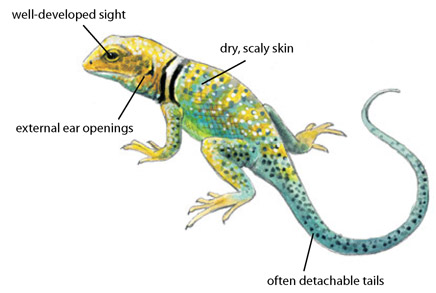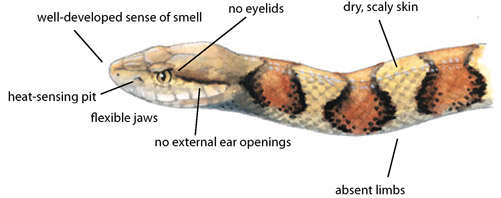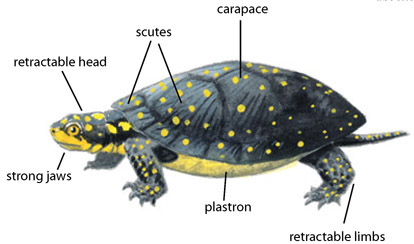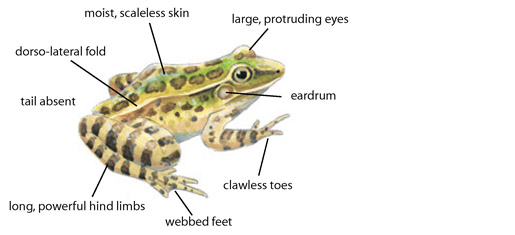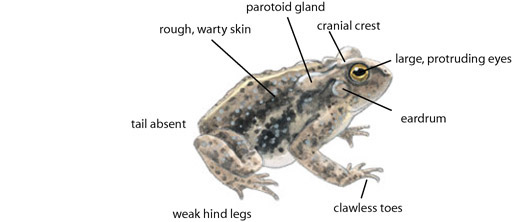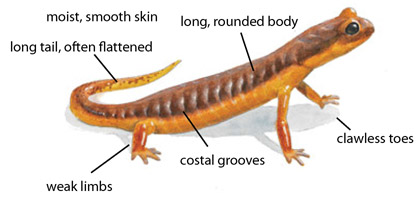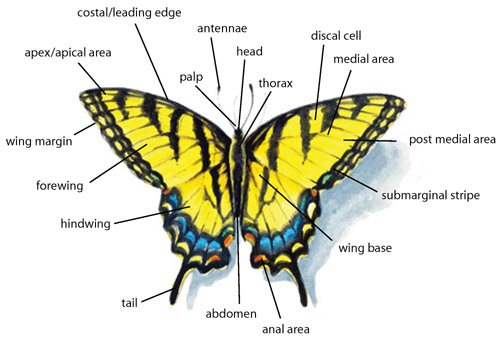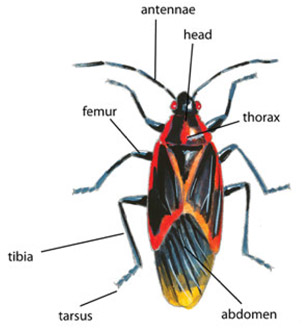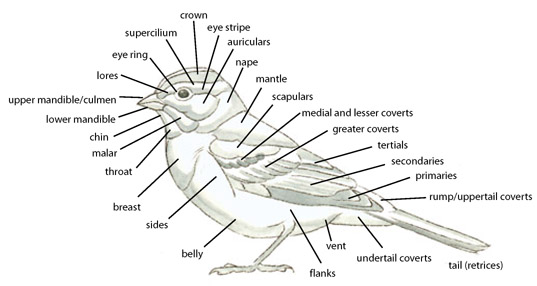
I have, for the most part, used familiar language to describe the animals in this book, but there are occasions when it makes more sense to use terms developed by the scientific community, especially when referring to body parts. In particular, terms and characteristics associated with birds, reptiles, amphibians, general insects, and butterflies are described below:

